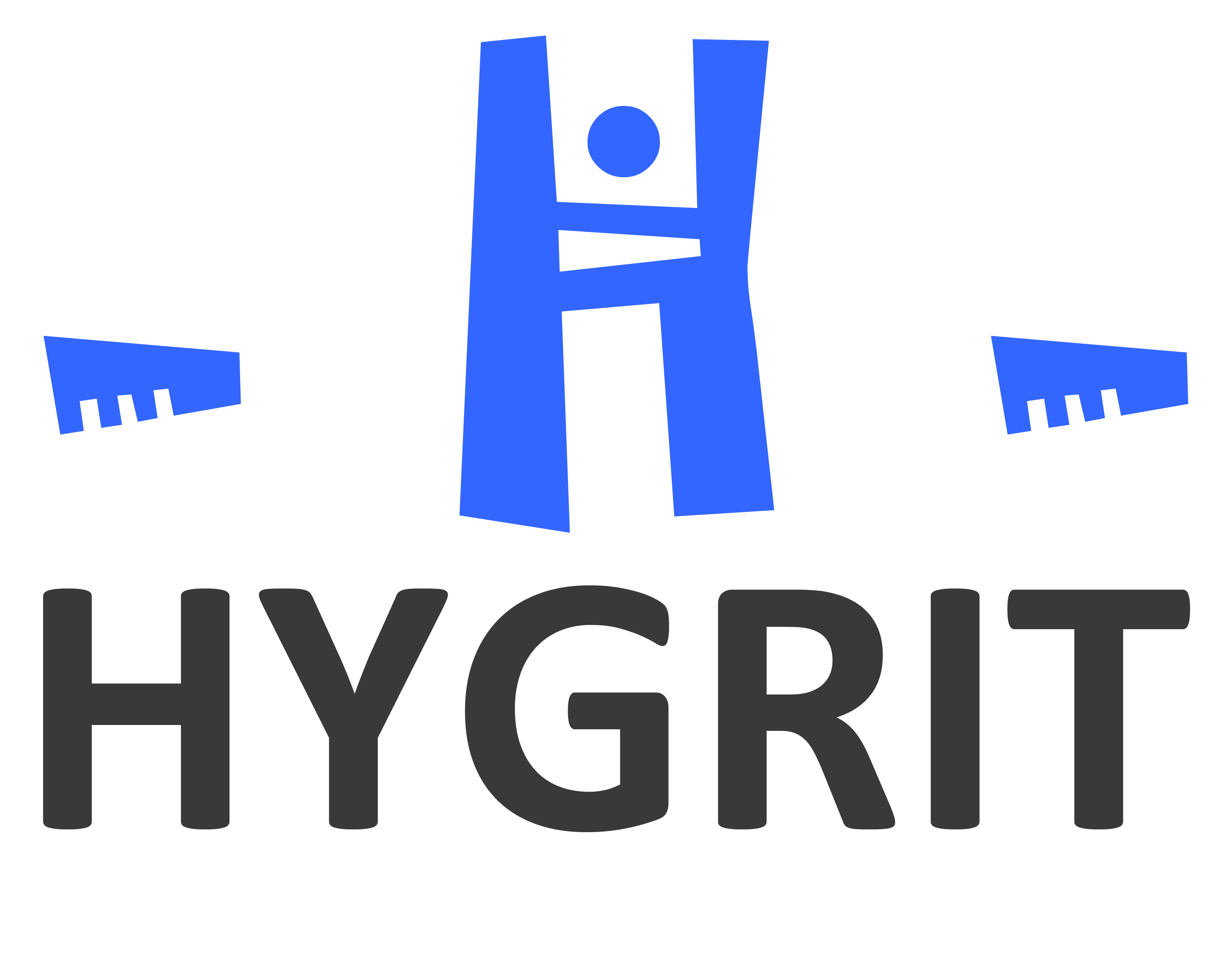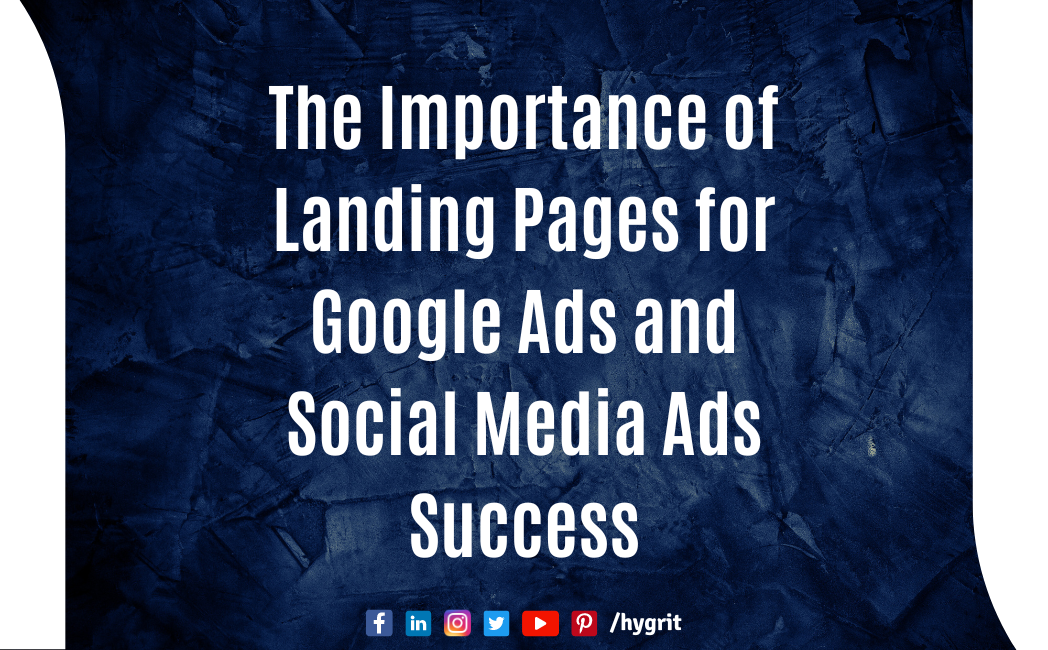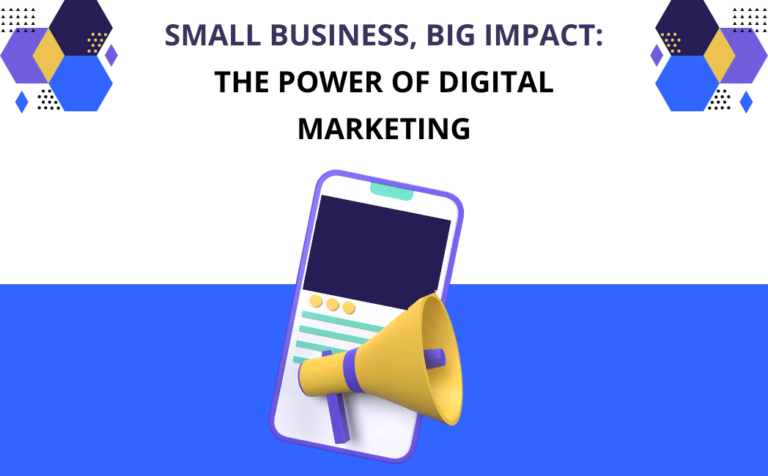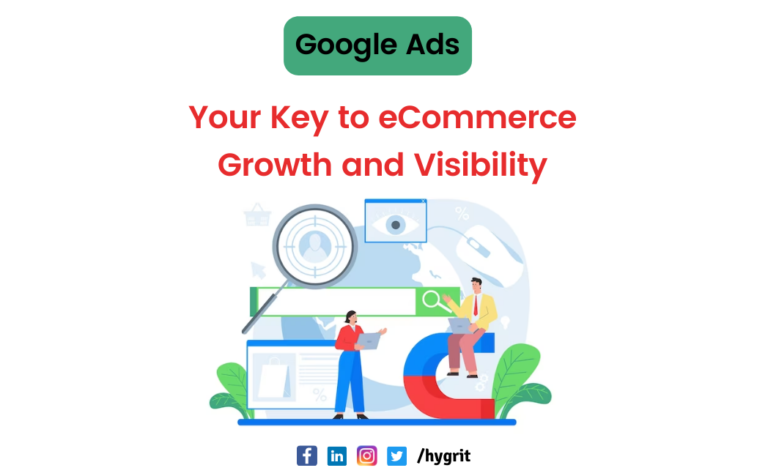A landing page is your digital storefront, and its design can significantly impact your conversion rates. In today’s competitive digital landscape, optimizing your landing page for both social media and Google Ads is crucial. Let’s explore key landing page best practices to help you achieve maximum success.
Keep it Simple and Focused
Your landing page should have a single, clear goal. Avoid cluttering it with unnecessary information or distractions. The more focused your landing page, the higher your chances of conversion. Use a clear and compelling headline that accurately reflects the page’s content and purpose.
Optimize for Mobile Devices
With the increasing use of smartphones, having a mobile-friendly landing page is essential. Ensure your page loads quickly, displays properly on different screen sizes and has easy-to-tap elements. A poor mobile experience can lead to high bounce rates and lost conversions.
Match Your Landing Page to Your Ad
Consistency between your ad and landing page is crucial. Users should land on a page that closely aligns with the promises made in your ad. This builds trust and credibility, increasing the likelihood of conversion.
Craft a Compelling Value Proposition
Clearly communicate the benefits of your product or service on your landing page. Use persuasive language and compelling visuals to highlight the value you offer. A strong value proposition will entice visitors to take the desired action.
Optimize for Conversions
A well-placed and clear call-to-action (CTA) is essential for driving conversions. Use strong action verbs like “Buy Now,” “Learn More,” or “Sign Up.” Place your CTA above the fold for maximum visibility.
Leverage High-Quality Visuals
Images and videos can significantly enhance your landing page’s appeal. Use high-quality visuals that are relevant to your product or service. Ensure images are optimized for fast loading times.
Build Trust and Credibility
Include social proof elements like customer testimonials, reviews, or trust badges to build credibility. Display relevant certifications, awards, or partnerships to establish your authority in the industry.
Prioritize Page Speed
Slow-loading landing pages can frustrate visitors and lead to high bounce rates. Optimize your page’s speed by compressing images, minimizing code, and leveraging browser caching.
Continuously Test and Optimize
Landing page optimization is an ongoing process. Experiment with different elements like headlines, images, CTAs, and page layout to identify what works best for your audience. Use A/B testing to compare different versions and make data-driven decisions.
By following these landing page best practices, you can significantly improve your conversion rates and achieve your marketing goals. Remember, a well-optimized landing page is a crucial component of a successful online marketing strategy.




